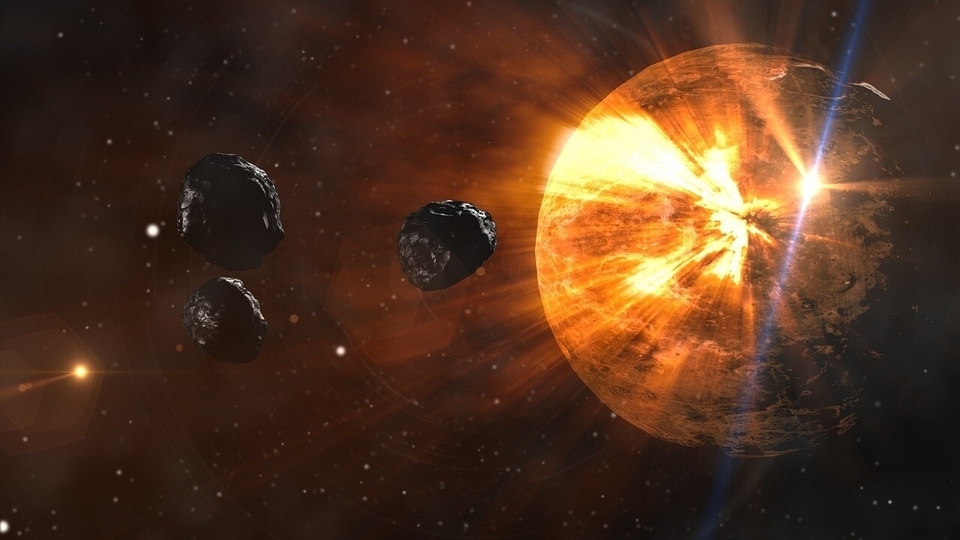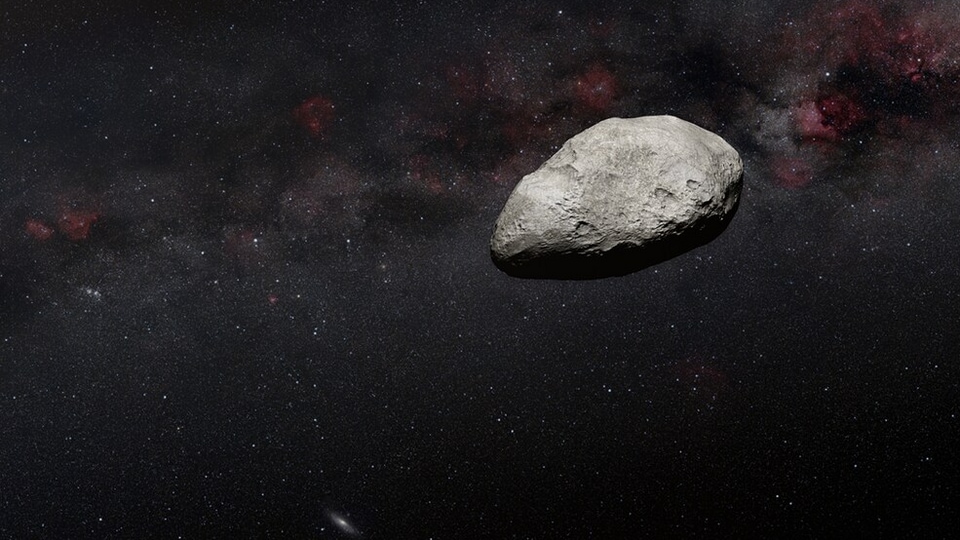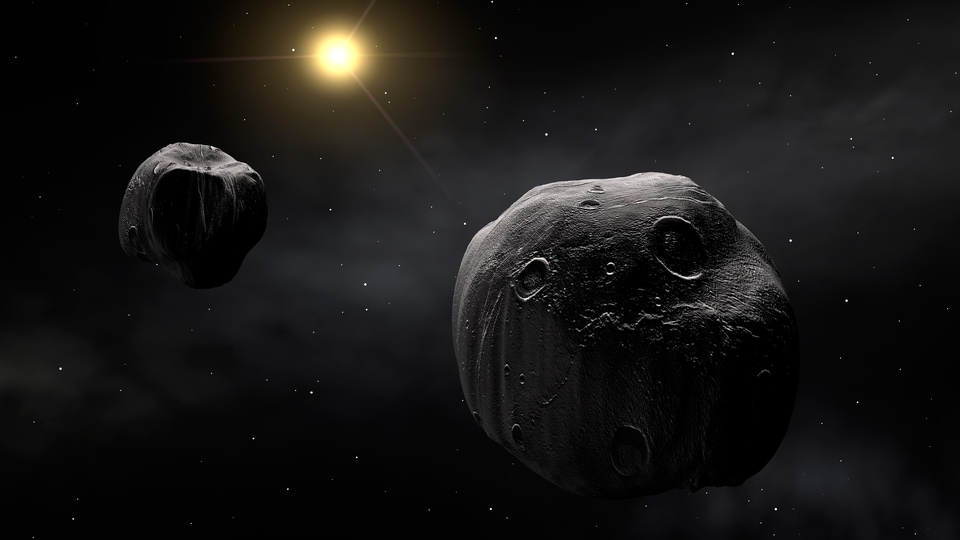99-foot Asteroid 2023 CG1 to buzz Earth soon, NASA warns
A massive asteroid is hurtling towards Earth and it will pass the planet on February 25. Here’s what NASA has revealed about this monster rock.






 View all Images
View all ImagesEarth is constantly being buzzed by some celestial object or the other, but some of them actually do pose a threat to our planet! These are none other than the monster rocks in space - the asteroids. NASA defines asteroids as the rocky fragments left over from the formation of the solar system about 4.6 billion years ago. NASA recently revealed that a total of 5 asteroids will pass Earth at an extremely close distance in the coming days. One of these is as large as an airplane, which measures 99-foot. The potentially dangerous asteroid is named 2023 CG1 which is all set to make its closest approach on February 25.
Is there a possibility of an asteroid strike? Here's what NASA has revealed.
More details on Asteroid 2023 CG1
NASA has issued an alert against an asteroid named Asteroid 2023 CG1. This terrifying asteroid is expected to come extremely close to Earth on February 25. Its distance from Earth at its closest approach will be just 3.62 million miles. The asteroid is already on its way toward Earth, traveling at a staggering speed of 23331 kilometers per hour. Though it is a huge distance still it poses a threat to Earth as it is classified as a potentially hazardous asteroid. This is so because a slight deflection in the asteroid's trajectory due to interaction with Earth's gravitational field can send it tumbling toward Earth!
Also, Asteroid 2023 CG1 was discovered as recently as on February 09, 2023. This near-Earth object belongs to the Apollo group. It makes one orbit around the Sun in 780 days. Apollo group of asteroids is a group of Near Earth Objects (NEOs) named after asteroid 1862 Apollo, these near-Earth asteroids cross Earth with semi-major axes larger than Earth.
How does NASA detect the speed of an asteroid
"Optical or infrared observations can only be used to indirectly determine the distance to an asteroid ("range") or the speed at which it is moving, data that radar is uniquely useful in obtaining," NASA said. By using radar tracking data, observers of Near Earth Objects (NEOs) are able to accurately determine the orbital trajectory of an asteroid and make predictions about its path years in advance.
Catch all the Latest Tech News, Mobile News, Laptop News, Gaming news, Wearables News , How To News, also keep up with us on Whatsapp channel,Twitter, Facebook, Google News, and Instagram. For our latest videos, subscribe to our YouTube channel.
































